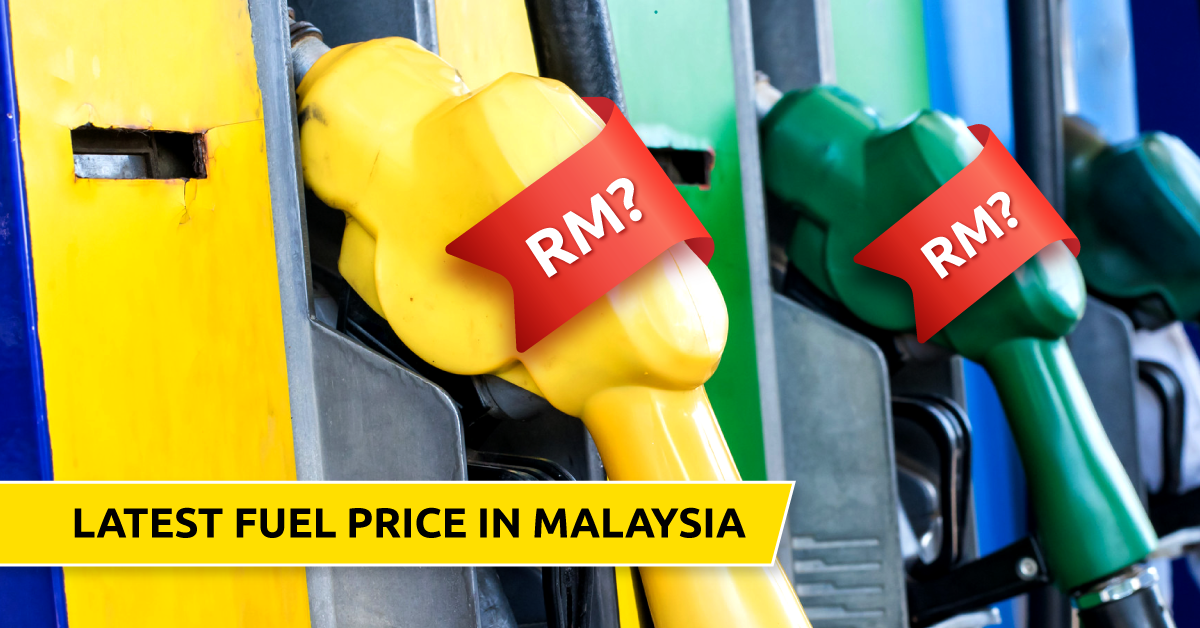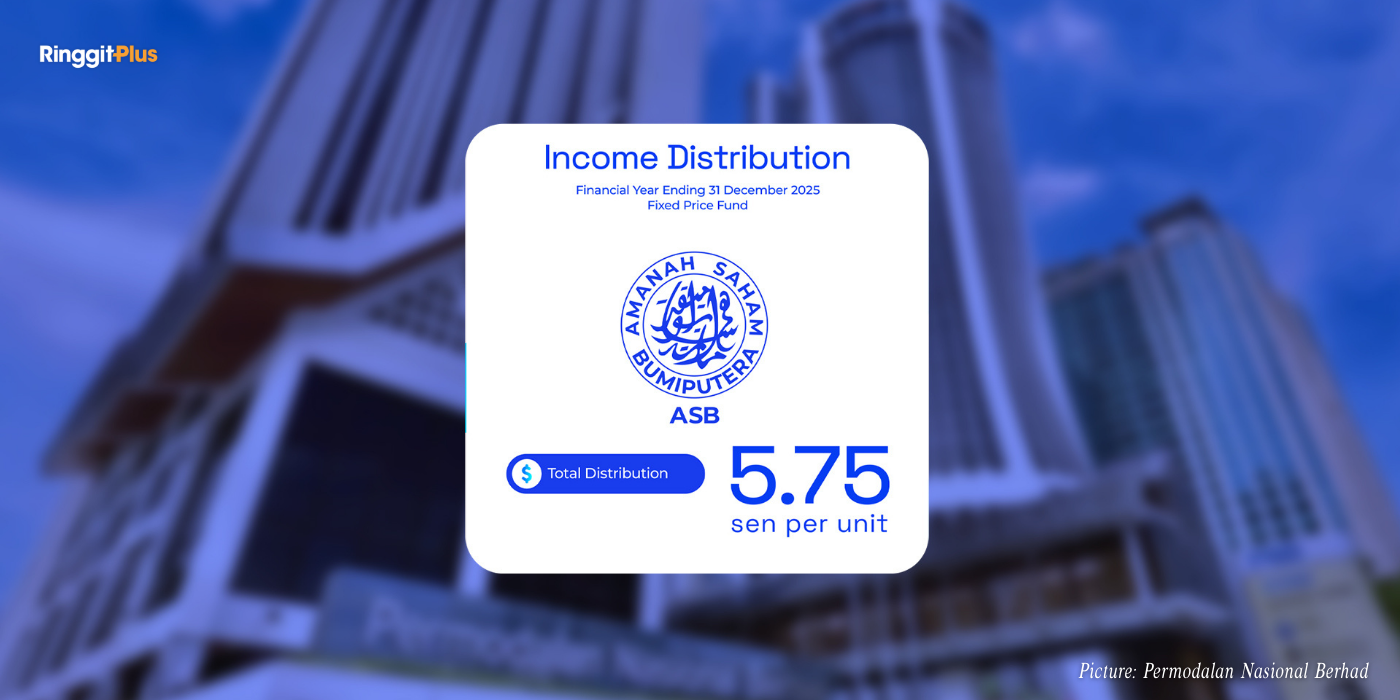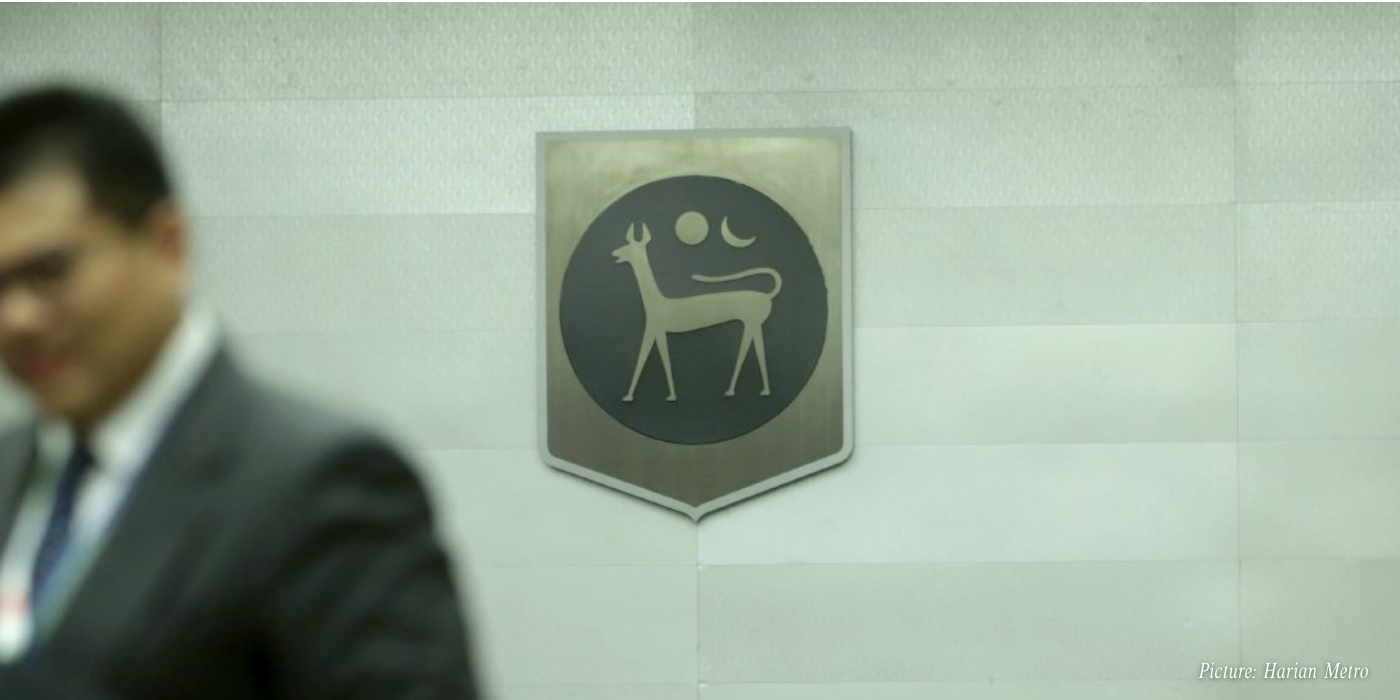Guo Heng
19th March 2015 - 4 min read
A recent HSBC survey revealed that a significant percentage of Malaysians were concerned that their retirement funds are insufficient to support them in old age.
There are a few options to help you bolster your retirement fund beyond that of your compulsory EPF contributions. You can opt for voluntary excess EPF contribution or you could opt for a PRS scheme.
We take a look at the pros and cons of both options to help you decide which would suit you best.

EPF and PRS in a Nutshell.
EPF stands for Employee Provident Fund, the government-mandated pension fund in which every employee is legally-required to contribute 11% of their monthly salary and their employer a further 12% – 13% depending on the employee’s salary.
<a href=”https://ringgitplus.com/en/insurance/?utm_source=ringgitplus&utm_medium=banner&utm_campaign=my-rpint-gen-gen-insurance&utm_content=blogcta_ins_compareinsuranceplanson_ringgitplus_mid”title=”Compare insurance plans”>
PRS, the Private Retirement Scheme, is a voluntary pension scheme which allows employees (or their employers) to contribute into an investment fund for the purposes of building up their retirement income.
The EPF which is managed by the Ministry of Finance is required to maintain a guaranteed minimum return of 2.5% per annum to its depositors, under the Employees Provident Fund Act 1991. PRS schemes are managed by PRS providers: private financial intermediaries approved by the Securities Commission of Malaysia.
Unlike the EPF, the PRS schemes does not guarantee a minimum return and like most investment vehicles; there is a risk of the depositors’ investment shrinking to less than the invested sum.
EPF contributions are mandatory, but depositors have the option of contributing more than the mandated minimum of 11% of their monthly income.
The Pros of EPF
EPF’s biggest strength lies with their guaranteed minimum of 2.5% dividend per annum. However, EPF has historically generated annual dividends much higher than 2.5%.
EPF also comes with a maximum of RM6,000 in tax relief, compared with PRS’ maximum of RM3,000. For 2014; they declared a dividend of 6.75%.
The Cons of EPF
When it comes to the flexibility of investment and contribution, you only get the freedom to select a partial amount of your EPF contribution to invest as you decide and the contributions are fixed. Since we are talking about excess, you will need to submit a form to EPF with the additional amount you want to contribute and this new amount will be deducted from your salary.
However, EPF has historically generated annual dividends much higher than 2.5%; so for most people, the lack of flexibility isn’t so bad.
Withdrawals from your EPF account II are allowed to finance your first home, education for you or your children or medical expenses.

The Pros of PRS
PRS allows you more flexibility in managing your investment and deciding every month, how much you would like to contribute. The EPF scheme requires a form filled and the new additional amount will stay until you request in writing to remove it.
EPF will also decide where to invest your money and will manage the fund for you. Many of those who have some knowledge investments and yields may want to have more say in how their funds are invested (within some confines – for more on this, check out our quick PRS guide).
From 2014 to 2018, the government announced they would be giving PRS members between 20 to 30 years old a one-of incentive of RM500 to purchase units of PRS funds to encourage young people to start saving more for their retirement.
The Cons of PRS
You may have more flexibility in the investment side of things, but you have less flexibility in partial withdrawals prior to your retirement age.
70% of your PRS contribution is placed in sub-account A and the other 30% in sub-account B. Withdrawals are only restricted to sub-account B, which you could only withdraw from once a year and an 8% penalty would be incurred.
Which Should You Choose?
If you want a simple, no frills and risk-free option, voluntary excess contribution to the EPF may be the better for you to bolster your retirement funds as you are guaranteed a minimum annual dividend of 2.5% and you don’t have to concern yourself with managing the investment.
Furthermore, you get to save a bit of money today with the maximum tax relief amount for EPF contributions double that of PRS contributions.
If you do not mind doing some research on your own and you have the discipline not to withdraw your PRS money prematurely, PRS schemes may be the better option rather than voluntary excess EPF contributions as it has the potential to generate a higher return than EPF and you are allowed the flexibility of choosing investments based on your risk appetite.










Comments (0)